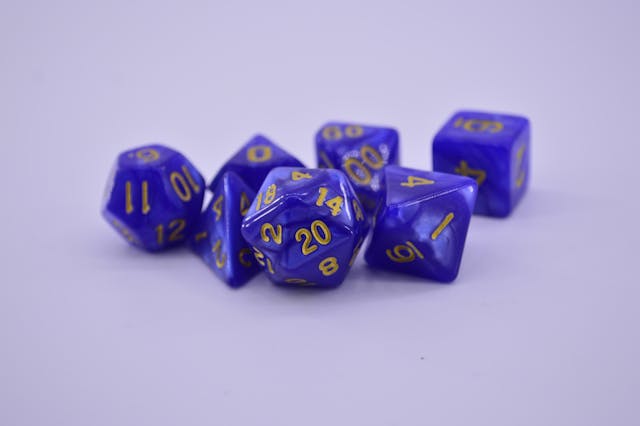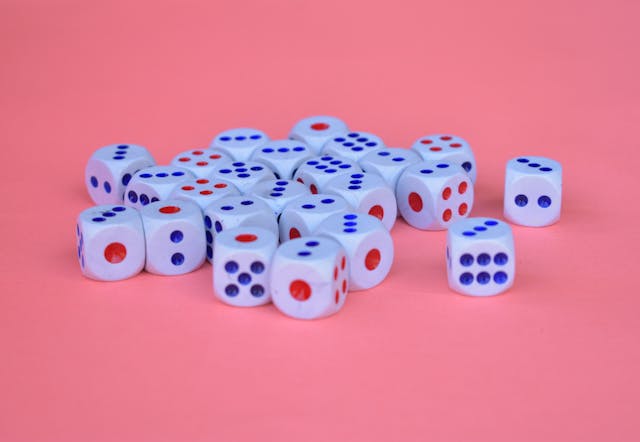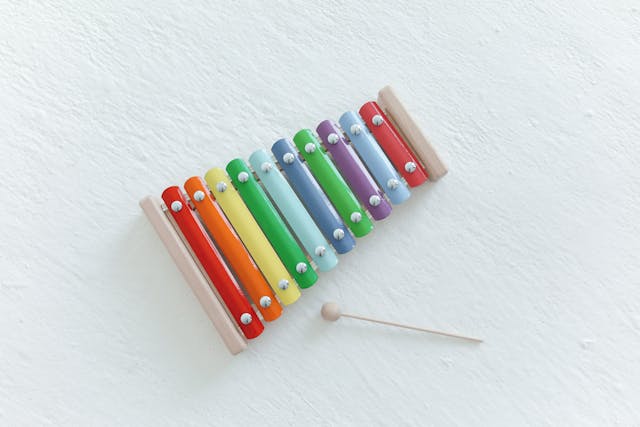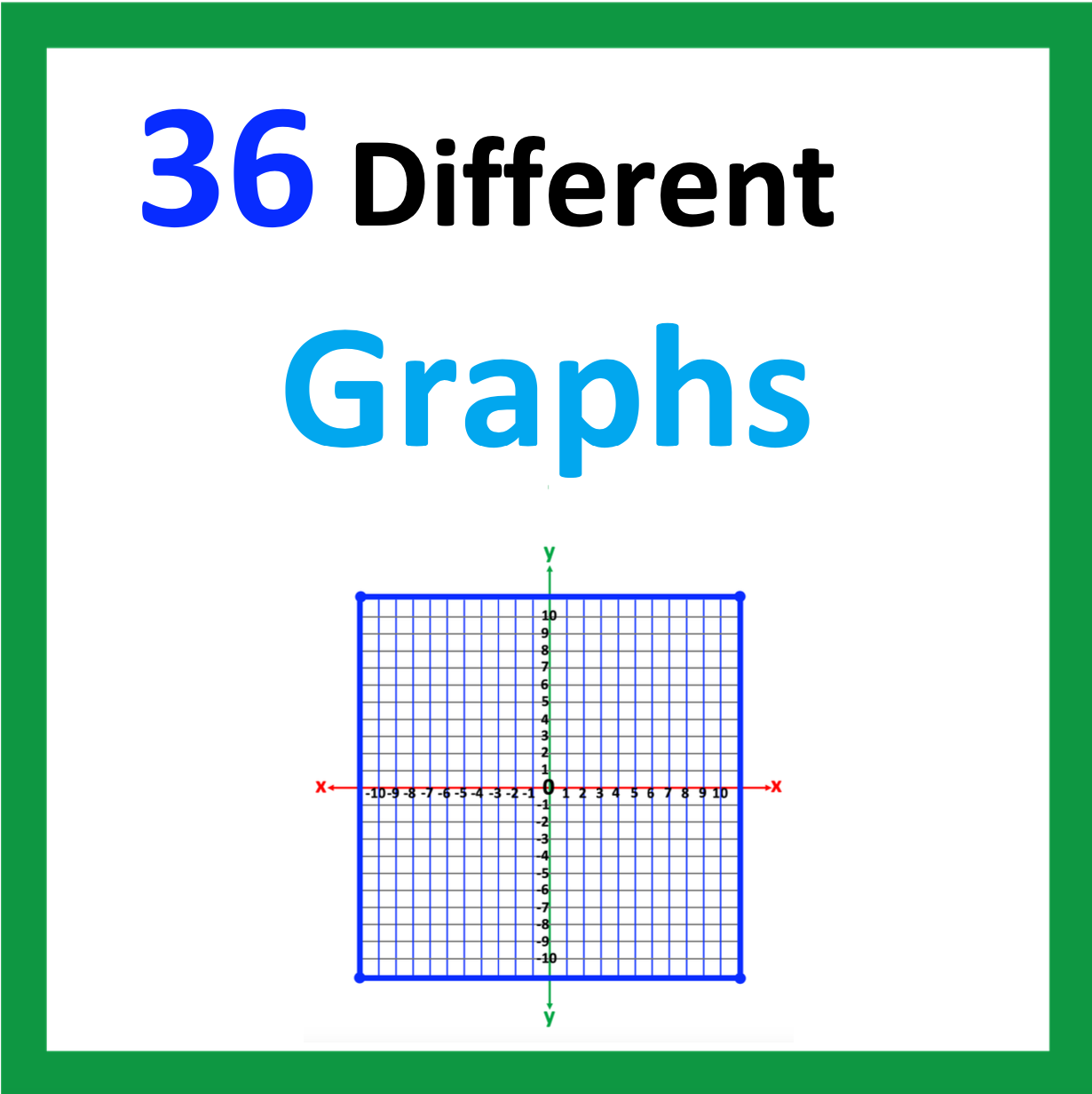Word Problem Activity: How to Engage Elementary-level Students
Do you desire to make an impact as you introduce word problems to your students? Are you looking for an engaging activity the whole classroom can participate in? If your answer is “Yes!” keep reading to discover this engaging word problem activity.
This activity may be used as is, though I also encourage you and your students to craft it in such a way as to make it your own. May students become actively involved in the learning process as they discover creative, inspirational ways to create word problem activities using their imagination.

The sky is the limit!
#1 Sound-Effects: A Word Problem Activity
This activity requires students to look, listen, and do. The word problem is presented. One of the four groups responds with a unique sound representing the operation.
Suggestions for set-up, directions, and variations are provided in this post.
#2 Materials and Set-up for a Word Problem Activity
Organize students into five groups. When placing these groups, ensure that all groups can see the board or screen with the written problem.
Provide each group with a word list that provides examples of words used for each operation, (addition, subtraction, multiplication, and division as appropriate. Students will need paper and pencils. Colored pencils or markers may also be useful.
Word problem resources may come from student worksheets or similar resources you may have on hand.
GROUP 1: THE ADDITION GROUP
Provide students with coins, counters, or other small manipulatives that will make a sound when dropped. Also, provide a container in which to drop the manipulatives. The lid of a plastic storage container may work.

GROUP 2: THE SUBTRACTION GROUP
Place a towel or other material on the table to catch any water spills. Provide each student with a water bottle, a 1-ounce plastic cup, and a straw.
GROUP 3: THE MULTIPLICATION GROUP
Provide each student with a deck of cards.
GROUP 4: THE DIVISION TABLE
Provide students with 8.5 x 11-inch scrap paper.
GROUP 5: THE JUDGING TABLE
Students will need pencils and paper.
#3 Directions for a Word Problem Activity
Provide directions for each group. Include 3-5 minutes for students to practice the specific activity to be completed within their group.
THE PROCESS:
The word problem is written on the board or shown on a screen.
The teacher reads the problem out loud.
Students take 10 – 30 seconds to determine if the problem represents their group. On a count of five, the group will illustrate their sound effects for the specific operation.
If the wrong group responds, a minute is given to the other groups to determine the solution.
GROUP 1: THE ADDITION GROUP
To illustrate the sound of addition, students will each drop one object, one after the other.

GROUP 2: THE SUBTRACTION GROUP
If the group determines the word problem requires a subtraction operation, each student will slurp water from the cup, through their straw.
GROUP 3: THE MULTIPLICATION GROUP
If the group determines the word problem requires a multiplication operation, each student will take a turn to shuffle cards.
Multiplication is a fast addition!
GROUP 4: DIVISION
If the group determines the word problem requires division, they will take turns tearing a page of paper in half.
GROUP 5: THE JUDGING TABLE
Judges and the teacher will determine the accuracy of each sound-effect group.
*Some word problems may include more than one operation. In this case, each group will respond in the order the number expression is written.
#4 Variations: Alternative and Student-Inspired
ALTERNATIVE:
1. Assign different rhythm instruments a specific operation
2. Using a xylophone, mini-harp, or small piano keyboard, play sounds go up with addition operations and down with subtraction operations.
3. Use other manipulatives.
For example:
“John has 2 apples. Maria has 3. How many apples do they have all together?”
These could be real apples or apples represented by red counters. Give one student two red counters and another student three red counters. Next, the two students place their counters together.
4. Students write the word problem. Next, students color-code the word problem sentence to match the written math expression.
STUDENT INSPIRED:
1. Students come up with other sounds that may represent math operations.
2. Create math sentence/number expression matching games.
3. Draw detailed pictures illustrating word problems/number expressions.
4. Design posters.
5. Write a short skit.
6. Create a PowerPoint or similar presentation.

Conclusion
Though word problems challenge students, we can inspire students to create and design a word problem activity that makes sense to them. This will result in students who will become motivated learners.

Looking for More Materials?
Click the button below to view more of my educational resources!
